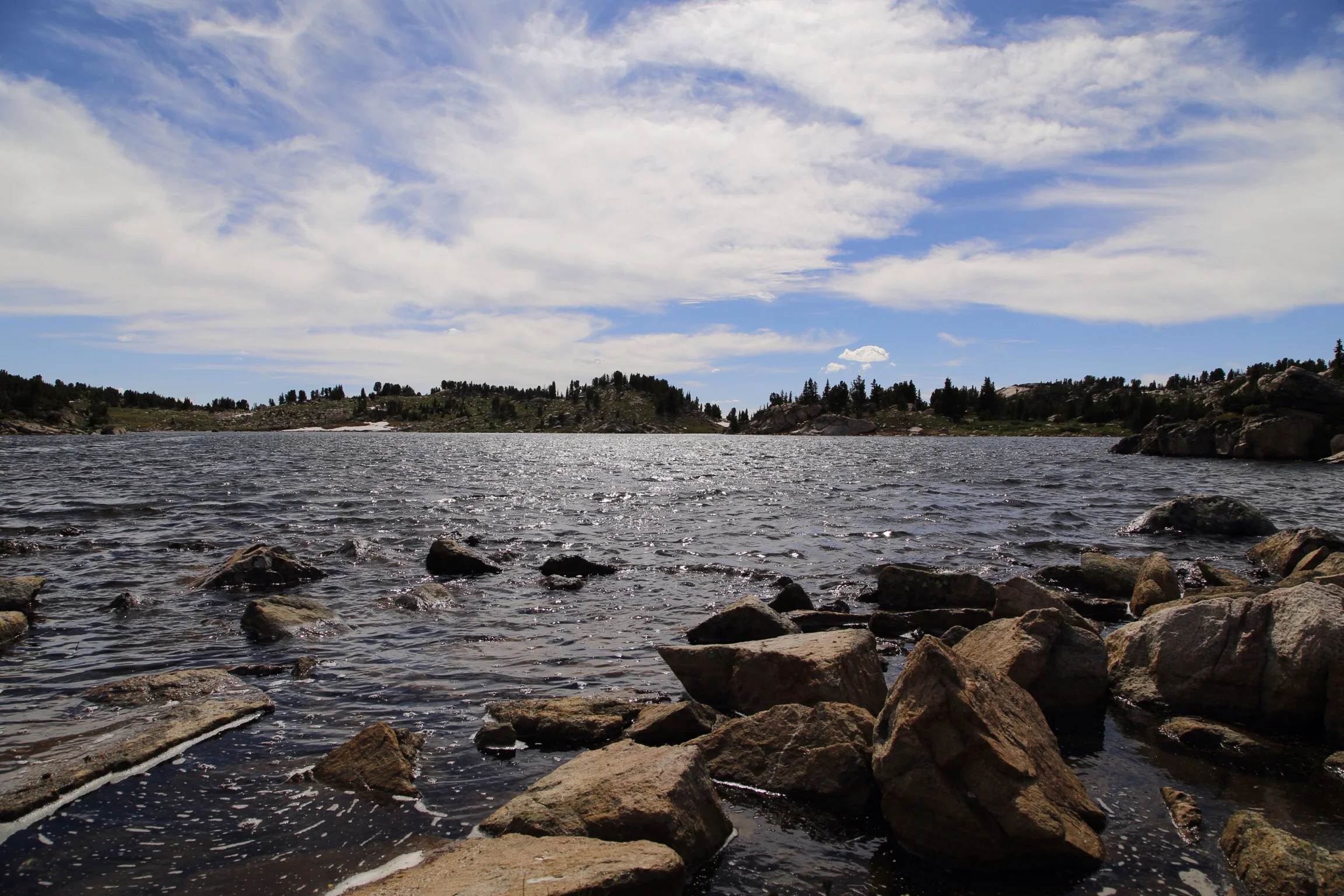Effects of changing stream temperatures on Montana stonefly communities
In Montana, aquatic insects typically thrive in streams with fast flows, cold temperatures, and high levels of O2. Climate change is anticipated to drive changes in the abiotic characteristics of mountain streams, and understanding how these physical changes will affect aquatic insects in Montana will require integrative approaches. We are studying two locally abundant and critically important species, the giant salmonfly (Pteronarcys californica) and the least salmonfly (Pteronarcella badia). Our project examines plasticity in respiratory phenotypes of stonefly nymphs in response to different combinations of O2, temperature, and flow, focusing on morphological characteristics of their tracheal gills and the sensitivity of their metabolic rates to changes in temperature and oxygen levels. The goal is to determine how sensitive populations are to novel conditions, and whether plasticity can help them persist.
Dr. Art Woods is a Professor the Division of Biological Sciences at the University of Montana. Dr. Rachel Malison is a post-doctoral scholar and research scientist at the Flathead Lake Biological Station.

